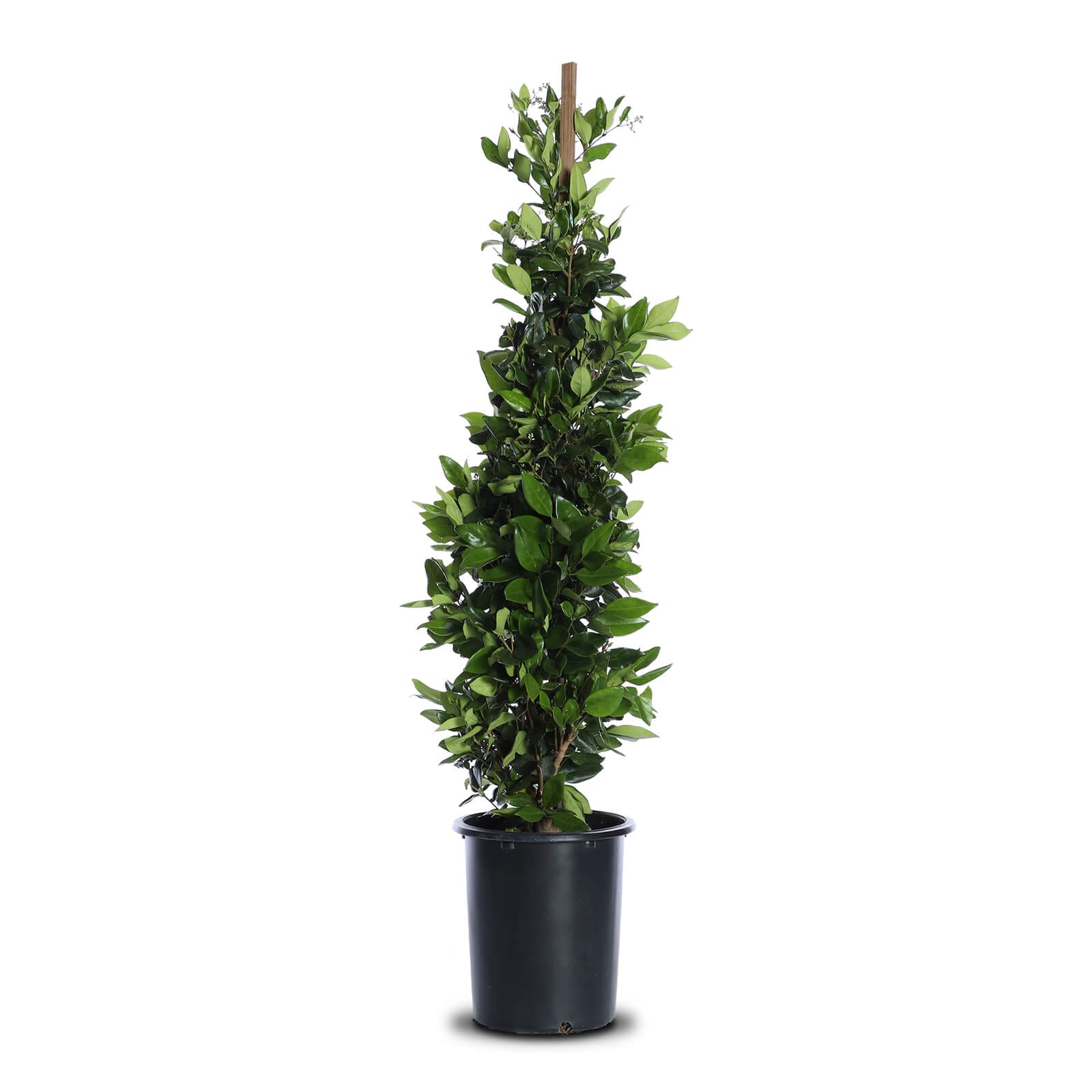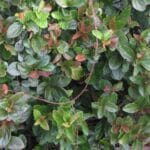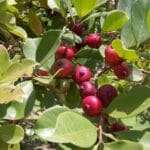This comprehensive guide explores everything you need to know about Ligustrum japonicum, commonly known as Waxleaf Privet or Japanese Privet, including its characteristics, ideal growing conditions, maintenance practices, and potential benefits and drawbacks. Whether you envision a lush privacy screen, a meticulously shaped topiary, or simply a vibrant evergreen addition to your landscape, this guide will equip you with the knowledge to cultivate thriving Waxleaf Privet.
Understanding Waxleaf Privet
Waxleaf Privet, scientifically classified as Ligustrum japonicum (also known as Japanese Privet, and Ligustrum japonicum ‘Texanum’ specifically for the Texas Waxleaf Privet cultivar), is a popular evergreen shrub prized for its rapid growth, dense foliage, and adaptability. Mature plants typically reach heights of 6-10 feet and can spread several meters wide, making them a practical choice for hedges and privacy screens.
Key Characteristics
- Evergreen foliage: Provides year-round green interest.
- Fast growth: Establishes quickly, providing rapid coverage.
- Adaptable to various conditions: Tolerates a range of soil types and light exposures.
- Responds well to pruning: Can be easily shaped and maintained.
Planting and Site Selection
Careful site selection is crucial for establishing healthy Waxleaf Privet. Consider the following factors:
Sunlight
Waxleaf Privet thrives in full sun (at least 6 hours of direct sunlight per day) but can tolerate partial shade. Full sun generally leads to more vigorous growth and more abundant flowering.
Soil
While adaptable to various soil types including clay, loam, and sand, well-drained soil is essential for preventing root rot. Heavy clay soils can be amended with compost or other organic matter to improve drainage. A slightly acidic to neutral soil pH (6.0-7.5) is ideal.
Spacing
When planting multiple Waxleaf Privet shrubs, provide adequate spacing to allow for proper growth and air circulation, which helps prevent diseases. For hedges, spacing typically ranges from 3 to 6 feet apart, depending on the desired density and the specific cultivar. Wider spacing (10-15 feet) is recommended for individual shrubs to allow for their full mature size.
Watering & Fertilizing
Watering
Regular watering is especially important during dry periods, but avoid overwatering, which can lead to root rot. Allow the soil to dry slightly between waterings.
Fertilizing
Waxleaf Privet has minimal fertilization needs. A light feeding with a balanced, slow-release fertilizer in spring and summer is generally sufficient. Over-fertilizing can be detrimental.
Pruning & Maintenance
Pruning
Regular pruning is essential for maintaining the desired shape and size of Waxleaf Privet and for removing any dead, damaged, or diseased branches. The best time to prune is typically after flowering. Discover more pruning techniques.
Maintenance
Mulching around the base of the plant can help retain moisture, suppress weeds, and regulate soil temperature. Monitoring for pests and diseases is important for early intervention. Discover the fascinating world of the Mimulus monkey flower, a vibrant wildflower species that can attract beneficial insects to your garden. You can also explore the diverse habitat of the monkeyface prickleback, a fish with intriguing features, to learn more about maintaining a healthy ecosystem.
Pest and Disease Management
While generally hardy, Waxleaf Privet can be susceptible to certain pests and diseases:
Common Pests
- Caterpillars
- Scale
- Aphids
Treatment typically involves pruning infested branches and, if necessary, applying an appropriate insecticide (organic options are preferred).
Potential Diseases
Fungal diseases can occur, especially in humid climates. Ensuring good air circulation and avoiding overwatering can help minimize the risk.
Propagation
Waxleaf Privet can be propagated through seeds or stem cuttings taken from new growth in spring or summer.
Cultivars and Variety Selection
Several cultivars of Ligustrum japonicum are available, each with slight variations in size, growth habit, and cold hardiness. ‘Texanum,’ for example, is known for its toughness and drought tolerance. Researching different cultivars will help you choose the best fit for your specific needs and climate.
Ecological Considerations
While Waxleaf Privet can provide benefits such as attracting pollinators (like bees and butterflies) and offering shelter for wildlife, some privet species are considered invasive in certain areas. It’s crucial to check with local experts or your local extension office about the specific cultivar you’re considering and its potential impact on your local environment. Ongoing research continues to explore the growth habits and ecological impact of various privet species.
Long-term Care and Considerations
Waxleaf Privet requires ongoing maintenance to prevent overgrowth and maintain its desired shape and size. Consider the long-term implications of planting Waxleaf Privet, including its potential invasiveness and the time commitment required for pruning and care.
By understanding the specific needs and characteristics of Waxleaf Privet, you can create a thriving hedge, topiary, or specimen plant that enhances your landscape for years to come. Remember that ongoing research may offer further insights into optimal care practices, so staying informed is always beneficial. Local nurseries and gardening experts can provide valuable region-specific advice.
- Unlock 6000+ words beginning with he: A comprehensive analysis - April 20, 2025
- Mastering -al Words: A Complete Guide - April 20, 2025
- Master Scrabble: High-Scoring BAR Words Now - April 20, 2025

















3 thoughts on “Waxleaf Privet (Ligustrum): The Complete Guide to Growing & Care”
Comments are closed.